Marshmallow / Althaea officinalis /, also known as mallow, marsh mallow, or white mallow is a perennial herb of the Malvaceae family. It has a straight stem that can reach up to 6.5 ft (2 m) tall. The leaves are ovate or triangular.
Flowers are large, numerous, single or in groups in the axils of the upper leaves of the plant. The marshmallow have fruits of up to 0.4″ (1 cm) in diameter. It has about 15-25 tan parts. The marshmallow blooms from July until September.
The marshmallow grows in meadows, moist places near thickets and rivers, in swamps, plains and valleys. It is widespread up to altitudes of 3280 ft (1000 meters) above sea level. In some places, it is cultivated as an ornamental plant. It occurs throughout most of Europe.
History of the Marshmallow
Even in ancient times, the marshmallow was used by athletes and gladiators. The ancient Greek scholar Pliny recommended the plant for joint pain after exercise.
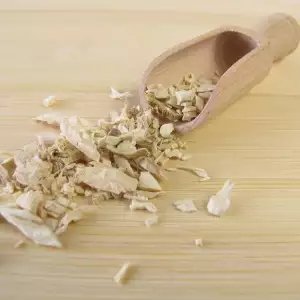
Avicenna prescribed to drink a decoction of the plant for coughs and severe injuries. Knights have healed their wounds with its flowers, steamed in water and honey. The potion was known as "Girl's Skin" because people believed that it helped you regenerate and relieve pain.
In the past, the cleaned root has been used as a chewing stick during the appearance of milk teeth in babies. Nowadays, we mainly accept infusions of the roots and stems of hollyhock that secrete mucous.
Growing Marshmallows
Marshmallows, grown for decorative purposes, have many beautiful colors, such as yellow, pink, red or white. The marshmallow loves to be in a well lit place. Seeds are sown in March, at 0.4″ (1-2 cm) depths.
The marshmallow does very well in all soil types, but it is recommended for the area to be well prepared. It does not tolerate excess water. During flowering, it is very impressive and beautiful.
Composition of Marshmallows
Marshmallow comprises of about 30% pectin, 20% mucus, tannins, vitamin C, carotene, an essential oil, mineral salts. Marshmallows contain the pigment malvidin. The roots of the herb contain a large amount of slime, up to 35% asparagine, betaine, starch, fat, minerals, and others.
Collection and storage of Marshmallows
The usable parts of the marshmallow are the leaves, flowers and roots. Leaves and flowers are harvested during flowering, but without the leafstalks. Dry them in the shade, as acceptable humidity is around 14%. The shelf life of a whole root is 3 years and that of a sliced root is 2 years.
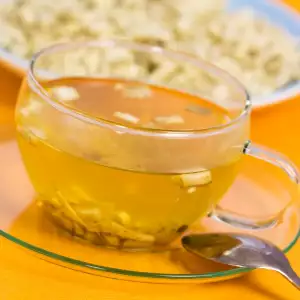
Roots are harvested in February-April or in September-October. Use only the roots of biennial plants because the roots of annual plants are thin and do not contain a sufficient amount of mucus. Three-year plants, however, have stiff roots with little mucus.
Marshmallow Benefits
The roots and stems of the marshmallow have a very strong anti-inflammatory and expectorant action, which makes them particularly suitable for acute and chronic respiratory diseases.
Roots cleanse the airways of secretions.
The softening and anti-inflammatory capabilities of the therapeutic marshmallow is used for disorders of the gastrointestinal system. The herb helps with ulcers. The marshmallow is recommended for dysentery and chronic colitis. It has anti-diarrhea properties.
Traditional medicine with Marshmallows
In folk medicine, marshmallows are used against inflammation of the kidneys and bladder, urinating problems, coughs, haemoptysis, hoarseness.
Externally, the herb is used as a gargle for toothaches, inflamed gums, and can be rubbed on for boils, swelling, eczema, wounds. Compressions of it are used for sore nipples when nursing and eye irritation.
For internal use, 1 tablespoon of marshmallow is put in 2 cups (500 ml) of lukewarm water. Soak for 2 hours. Drink 1 wineglass of it sweetened with honey, 15 minutes before a meal.
The fresh crushed fruit of marshmallows are applied warm to soothe irritated skin. The ground powder of marshmallows is used as an adhesive in the manufacture of pills.
Infusions of the leaves of the marshmallow are used in diarrhea, coughs, cystitis. Decoctions, tinctures and poultices of the herb can be used in all inflammations.
No known side effects from the use of medicinal marshmallows exist.
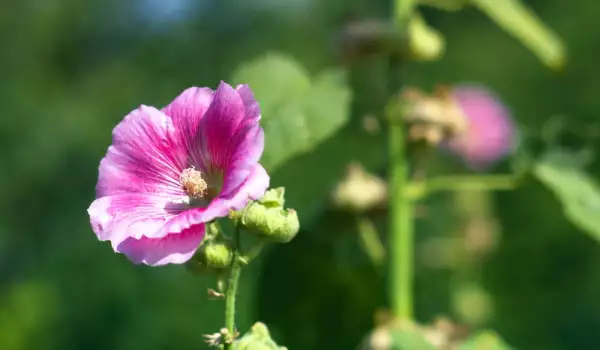
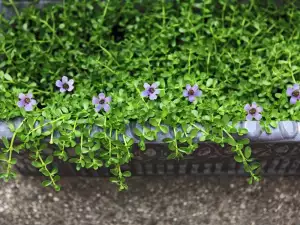
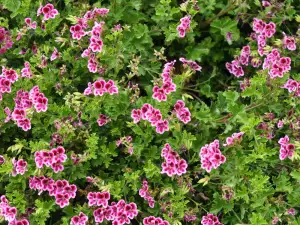
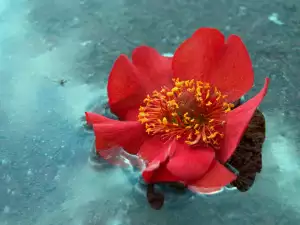
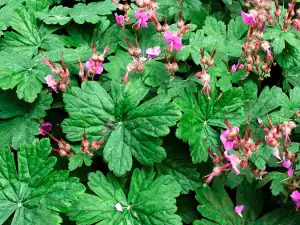
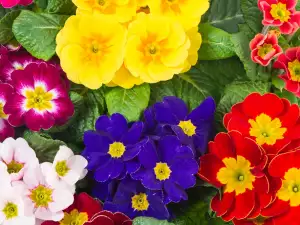


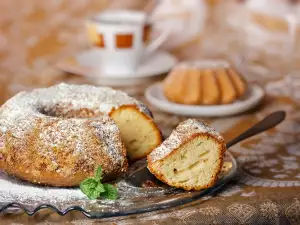
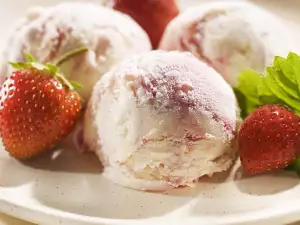
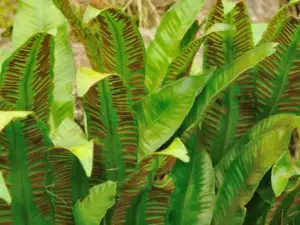

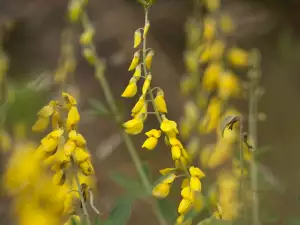
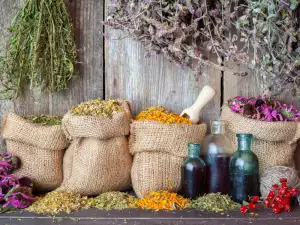




Comments